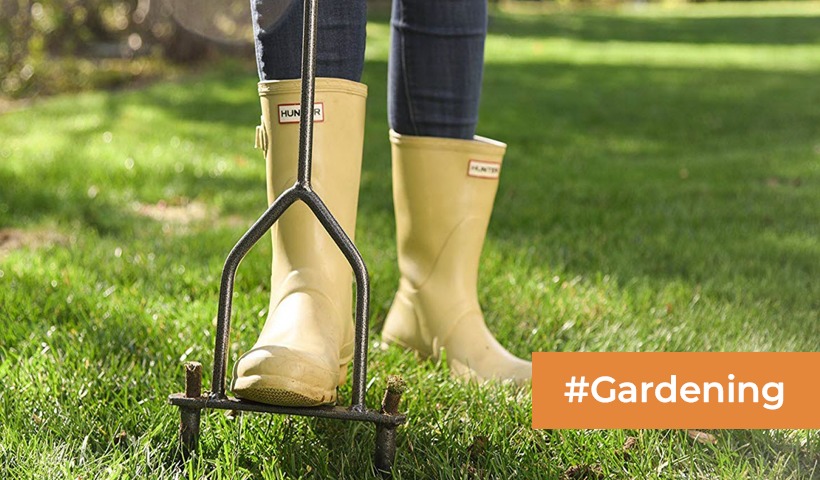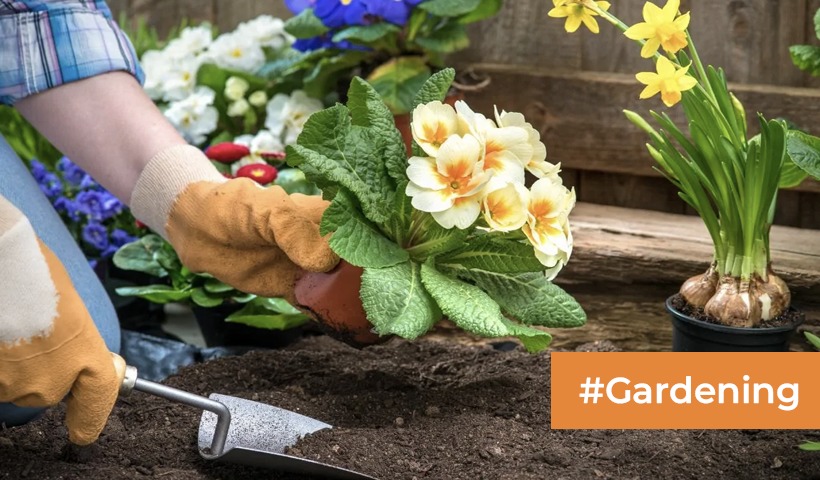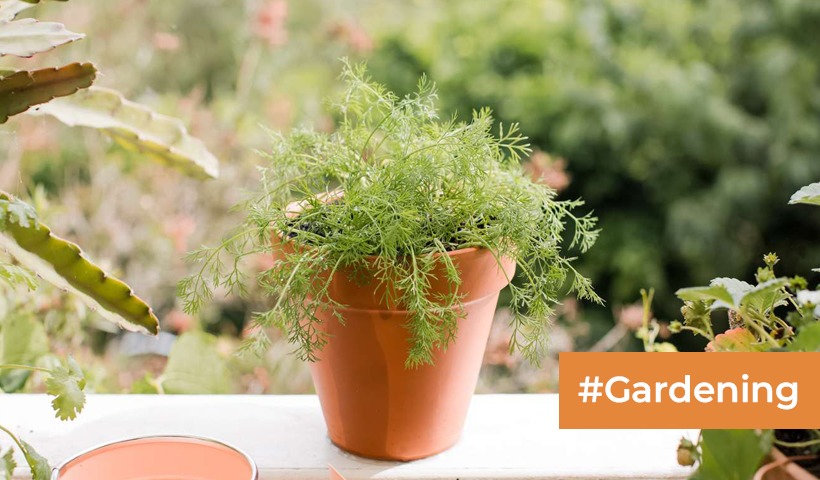A Step-by-Step Guide on How to Grow Ginger at Home!
Ginger, with its distinct flavor and myriad health benefits, is a versatile spice that can elevate your culinary creations. Growing ginger at home is not only a rewarding experience but also ensures a fresh and sustainable supply for your kitchen. In this blog post, we’ll explore the fascinating journey of cultivating ginger, from selecting the right rhizomes to harvesting your homegrown spice.
Choosing the Right Ginger Rhizomes:
1. Selecting Quality Rhizomes:
Begin your ginger-growing adventure by selecting high-quality ginger rhizomes. Look for plump, firm rhizomes with well-developed growth buds, which will sprout into new plants.
2. Organic Options:
Opt for organic ginger whenever possible, as conventionally grown ginger may be treated with growth inhibitors. Choose rhizomes that are free from mold, wrinkles, or signs of damage.
Preparing for Planting:
1. Soil and Container:
Ginger thrives in well-draining, nutrient-rich soil. Choose a container with good drainage holes if you’re growing ginger indoors or in a limited space. Use a potting mix that includes organic matter.
2. Soaking the Rhizomes:
Before planting, soak the ginger rhizomes in warm water overnight. This helps to rehydrate the rhizomes and jumpstart the sprouting process.
Planting Ginger:
1. Planting Depth:
Plant the soaked rhizomes with the growth buds facing upward. Place them about 2 to 4 inches deep in the soil. If you’re using a container, make sure it is deep enough to accommodate the rhizomes.
2. Spacing:
Space the rhizomes at least 6 to 8 inches apart to allow for proper growth and development. Ginger plants can spread, so provide ample space for the roots to expand.
Caring for Growing Ginger:
1. Sunlight:
Ginger prefers partial shade, making it suitable for both indoor and outdoor cultivation. If growing indoors, place the container near a window with filtered sunlight.
2. Watering:
Keep the soil consistently moist but not waterlogged. Ginger plants appreciate regular watering, especially during dry spells. Ensure proper drainage to prevent water stagnation.
3. Temperature and Humidity:
Ginger thrives in warm, humid conditions. Maintain a temperature between 75-85°F (24-29°C) and provide a humid environment, especially if growing ginger indoors.
Fertilizing:
1. Organic Fertilizers:
Use a balanced, organic fertilizer to nourish your ginger plants. Apply the fertilizer during the growing season, typically every 4-6 weeks. Avoid high-nitrogen fertilizers.
Harvesting Your Homegrown Ginger:
1. Patience is Key:
Ginger plants take several months to mature. Be patient and allow the plants to grow for at least 8-10 months before harvesting.
2. Checking Readiness:
When the ginger plant’s leaves turn yellow and start to die back, it’s a sign that the rhizomes are ready for harvest. Alternatively, you can gently dig around the edges of the container to check for rhizome size.
3. Harvesting Technique:
Harvest ginger by gently digging around the plant to expose the rhizomes. Use your hands to carefully lift the rhizomes from the soil. Leave some rhizomes in the ground for future growth.
Storing and Using Homegrown Ginger:
1. Cleaning and Drying:
Rinse the harvested ginger rhizomes thoroughly to remove soil. Allow them to air dry before storing. Trim any remaining roots and foliage.
2. Storage:
Store ginger in a cool, dry place. You can keep it in the refrigerator or freeze it for longer shelf life. Use a plastic bag or container to prevent dehydration.
Growing ginger at home is a delightful journey that brings the essence of spice directly from your garden to your kitchen. By following these steps and nurturing your ginger plants with care, you can enjoy the satisfaction of harvesting your homegrown ginger and infusing your culinary creations with the freshest, most flavorful spice.
Disclaimer: The views expressed above are for informational purposes only based on industry reports and related news stories. PropertyPistol does not guarantee the accuracy, completeness, or reliability of the information and shall not be held responsible for any action taken based on the published information.




